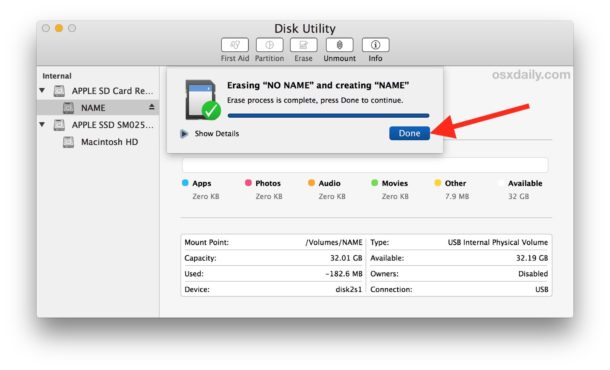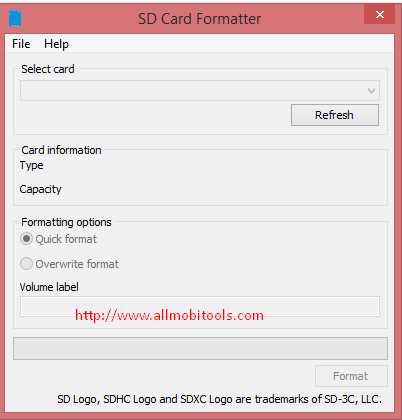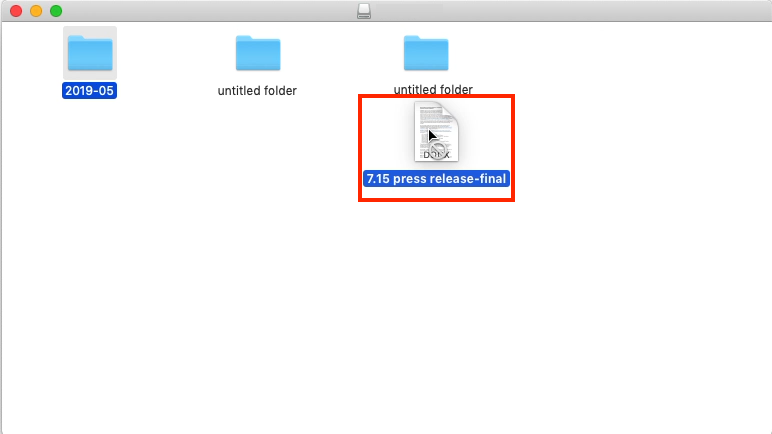
It is also widely supported by memory storage technology companies and third-party operating systems like OS X and Linux. Microsoft introduced exFAT in 2006 it’s an optimized version of FAT, providing better performance advantages over FAT32. Now you’ll be able to save and copy files to your thumb drive on both Windows and OS X. In the Format list box, select ExFAT, enter a Volume Label if you want, then click Erase. Usually, formatting tools provided with Mac and Windows can format SD Cards, but it may not be optimized for SD/SDHC/SDXC Cards, resulting in. Select your thumb drive in the Disk Utility window, then click the Erase tab. SD Formatter is a program (application) that allows easy and quick access to SD, SDHC, and SCXC memory card formats, and has been framed to clear out all the files stored on your SD card at one time. Launch Disk Utility press Command+Space then type: disk utility. If you only use a Mac computer, you can format your thumb drive to work on Windows systems.Ĭonnect the thumb drive to your Mac. In the File System list box, choose exFAT, type in a Volume Label if you want, and then click Start.Ĭlick OK to the format warning and wait until the process is complete.
SD FORMAT FOR MAC SIERRA FOR MAC
P2 Card Formatter for Mac can be used only with. The microP2 Card (64GB) or SD card (48GB or higher) requires to be formatted by Ver.2.22 of P2 formatter or later when you use it for VariCam. Right-click your flash drive and then select Format. macOS Sierra (10.12) USB Driver: ver 3.2.2 AU-XPD1, AJ-PX800, AJ-PX380 series, AJ-PX270 series, AJ-PX5100, AJ-PX5000, AJ-PX2300, AJ-PD500 AJ-PG50.

Prepare a Thumb Drive for Both Windows and OS X or macOS

Before you start, though, make sure your thumb drive is formatted so it can work on both Windows and macOS. If you’re working in a mixed environment, where you might need to work on files between both systems, a handy solution is to use a thumb drive.

This makes it difficult to move data between the two unless you have them networked together. MacOS uses the HFS+ file system, while Windows uses the NTFS file system that shares little in common.


 0 kommentar(er)
0 kommentar(er)
